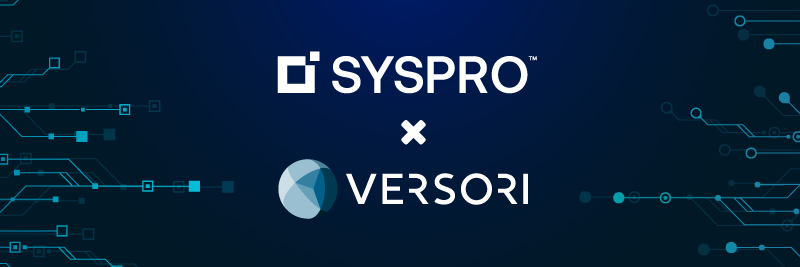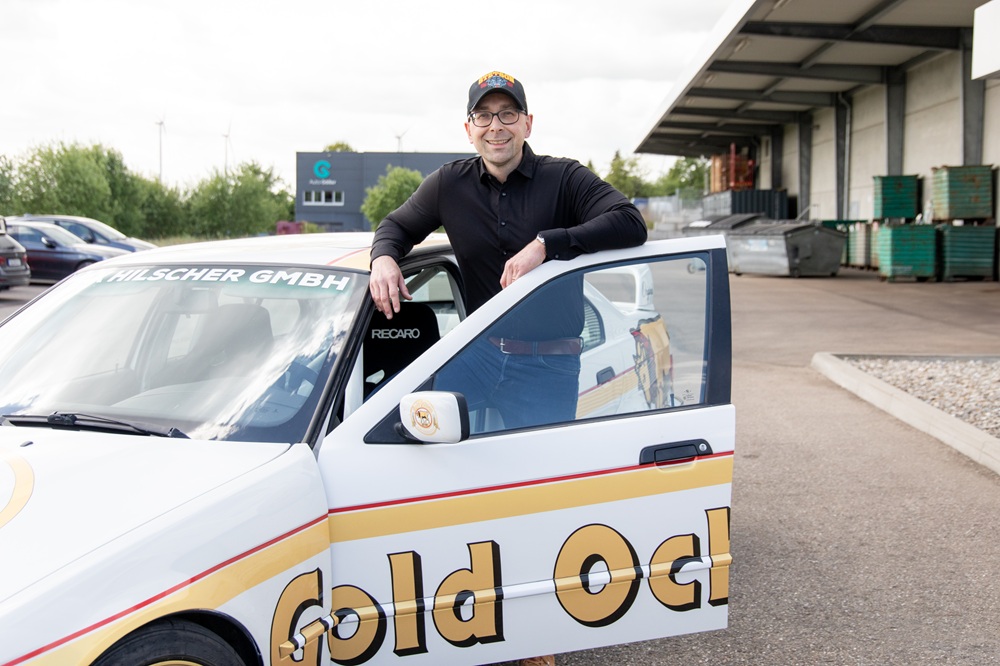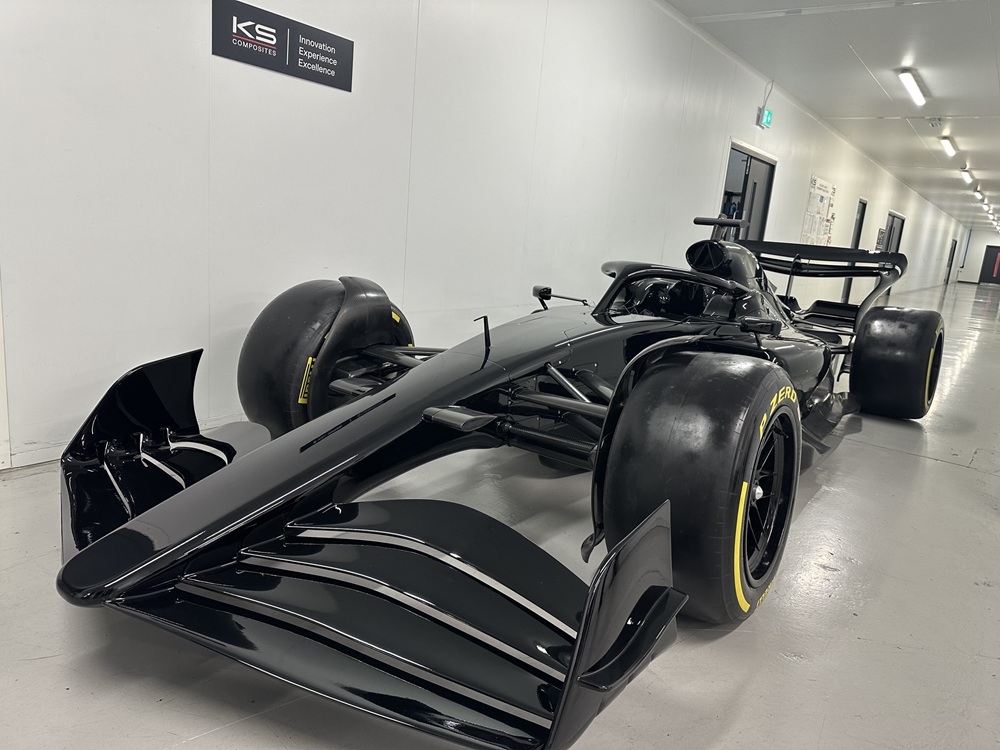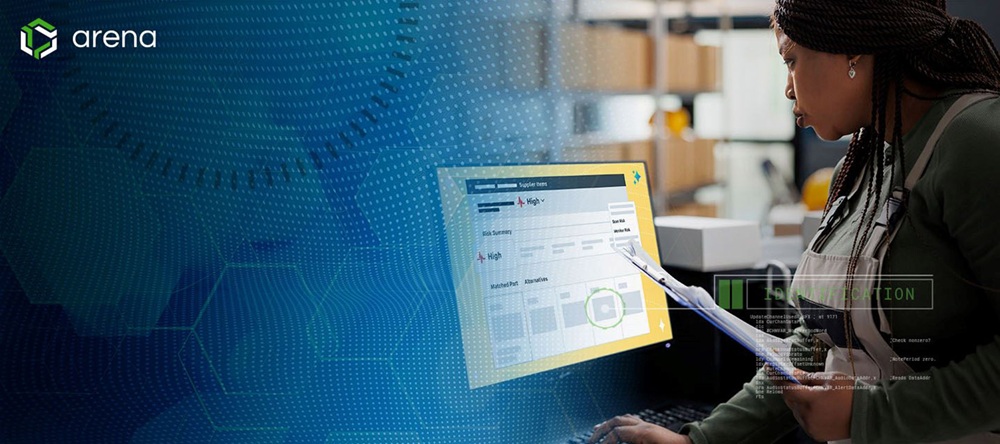Emerson has released Movicon.NExT Version 4.4, a modern HMI and SCADA platform. Movicon.NExT HMI/SCADA empowers users to create interoperable automation architectures for discrete and process manufacturing applications in the commercial, industrial and municipal/utility industries. The update delivers enhancements boosting functionality, performance and flexibility, with an emphasis on user-centric improvements to maximise development efficiency.
Updated industrial communication protocol drivers – for OPC UA, EtherNet/IP and others -provide support for multi-station, advanced arrays and more. A new DNP3 driver enables Movicon.NExT HMI/SCADA to integrate seamlessly with power industry and electrical utility networks. Optimised I/O operations more efficiently aggregate read/write tags for greater throughput, while open connectivity helps users easily connect with digital assets.
Native support within Movicon.NExT for Python runtime scripting enables custom, cross-platform logic, so developers can create sophisticated strategies while building on proven work. Updated user interfaces, new graphical properties for controls and streamlined licence management (both local and network-based) enhance and simplify the overall user experience, while accelerating project development.
Emerson also provides new support for TimescaleDB in the historian, which delivers improved storage efficiency and higher performance, especially with large data volumes. Other enhancements increase data precision and SQL database compatibility, while recipe and alarm management are performed through a centralised connection. Movicon.NExT is built to meet the increasing demand for data to support visualisation and analytics.
A full migration to .NET 8 for core Movicon.NExT applications, and unified and encrypted password management applied across the entire platform, are just two examples of built-in security to help users defend their digital systems and achieve regulatory compliance. CFR21 compliance has now been enhanced with the addition of user group information logged alongside usernames.
More information www.emerson.com



















